Week beginning 27th September 2021
[dropshadowbox align=”none” effect=”lifted-both” width=”auto” height=”” background_color=”#edbaba” border_width=”1″ border_color=”#ba27d8″ ]Homework is set on Google Classroom[/dropshadowbox]
Howard-parents-guide-to-Google-Classroom-
Our learning this week…
[dropshadowbox align=”none” effect=”lifted-both” width=”auto” height=”” background_color=”#dbf6f4″ border_width=”10″ border_color=”#f13013″ ]
English
At Howard Primary School we have adopted Read Write Inc Phonics.
RWI is a method of learning centred round letter sounds and phonics, and we use it to aid children in their reading and writing. Read Write Inc., developed by Ruth Miskin, provides a structured and systematic approach to teaching literacy. It is used by more than a quarter of the UK’s primary schools and is designed to create fluent readers, confident speakers and willing writers.
Using RWI, the children learn to read effortlessly so that they can put all their energy into comprehending what they read. It also allows them to spell effortlessly so that they can put all their energy into composing what they write.
When using RWI to read the children will:
- Learn 44 sounds and the corresponding letter/letter groups using simple picture prompts
- Learn to read words using Fred Talk
- Read lively stories featuring words they have learnt to sound out
- Show that they comprehend the stories by answering questions.
[/dropshadowbox]
[dropshadowbox align=”none” effect=”lifted-both” width=”auto” height=”” background_color=”#dbf6f4″ border_width=”10″ border_color=”#863878″ ]
Maths
We are starting a new unit. We will focus on addition and subtraction.
- Number bonds within 10
- Number bonds within 20
- Number bonds to 10
- Number bonds to 20
- Consolidating related facts
In the context of problem solving, we could think about working systematically as working in a methodical and efficient way which could clearly show others that we are using a pattern or system.
Number bonds are also often referred to as ‘number pairs’. They are simply the pairs of numbers that make up a given number.
Number bonds within 10
Children will recap their knowledge of number bonds within 10. 
This shows different ways to make the number 4.
0+ 4 = 4
1 + 3 = 4
2+ 2 = 4
Number bonds within 20
Children will work systematically to make the numbers 11,12,13,14,15,16,17,18 and 19 using different number pairs.
Number bonds to 10
We will explore the different ways to make 10.

Number bonds to 20
We will explore the different ways to make 20.
Children will use their knowledge of number bonds to 10 to help them with their number bonds to 20.

1 +9 = 10
1 + 19 = 20
2 +8 = 10
2 + 18 = 20
Consolidate related facts
 If 14 + 6 = 20 then 6 + 14 = 20.
If 14 + 6 = 20 then 6 + 14 = 20.
20 – 6 = 14 and 20 – 14 = 6.
[/dropshadowbox]
[dropshadowbox align=”none” effect=”lifted-both” width=”auto” height=”” background_color=”#dbf6f4″ border_width=”10″ border_color=”#608638″ ]
Science
Our topic this term is materials.
This week we will identify and compare the suitability of a variety of everyday materials, including wood, metal, plastic, glass, brick, rock, paper and cardboard for particular uses, by exploring the purposes of different objects.
[/dropshadowbox]
[dropshadowbox align=”none” effect=”lifted-both” width=”auto” height=”” background_color=”#dbf6f4″ border_width=”10″ border_color=”#ef1dcd” ]
PE
Please remember to send your child to school in their PE kit on their PE days. The focus this term is hockey skills and balance.
Westminster – Monday & Thursday
Hungerford – Monday & Thursday

[/dropshadowbox]
[dropshadowbox align=”none” effect=”lifted-both” width=”auto” height=”” background_color=”#dbf6f4″ border_width=”10″ border_color=”#ef1dcd” ]
RE
We will focus on things that are special in our lives.
[/dropshadowbox]
[dropshadowbox align=”none” effect=”lifted-both” width=”auto” height=”” background_color=”#dbf6f4″ border_width=”10″ border_color=”#ef1dcd” ]
Geography
Maps will be the focus this term in geography.
To understand the purpose of a map
To follow a route on a map
To locate places using an atlas
To locate features such as mountains and hills on a map.
[/dropshadowbox]
[dropshadowbox align=”none” effect=”lifted-both” width=”auto” height=”” background_color=”#dbf6f4″ border_width=”10″ border_color=”#3f9c33″ ]
PSHE
Jigsaw has two aims for all children:
- To build their capacity for learning
- To equip them for life
Jigsaw brings together PSHE Education, emotional literacy, mindfulness, social skills and spiritual development. The topic this term is ‘Being Me in My World.’
This week we will be thinking about rights and responsbilities.

[/dropshadowbox]
[dropshadowbox align=”none” effect=”lifted-both” width=”auto” height=”” background_color=”#dbf6f4″ border_width=”10″ border_color=”#e21320″ ]
Reading
When reading with your child at home ask them questions related to their book.
Questions to ask before you read
- Can you look at the pictures and predict what you think will happen in this book?
- What makes you think that?
- What characters do you think might be in our story?
- Do you think there will be a problem in this story? Why or why not?
- Does the topic/story relate to you or your family? How?
Questions to ask during the reading
- What do you think will happen next?
- What can you tell me about the story so far?
- Can you predict how the story will end?
- Why do you think the character did _______?
- What would you have done if you were the character?
- How would you have felt if you were the character? (use different characters)
- As I read____________, it made me picture________ in my head. What pictures do you see in your head?
- As you read, what are you wondering about?
- Can you put what you’ve just read in your own words?
Questions to ask after reading
- Can you remember the title?
- In your opinion, was it a good title for this book? Why or why not?
- Were your predictions about the story correct?
- If there was a problem, did it get solved?
- What happened because of the problem?
- Why do you think the author wrote this book?
- What is the most important point the author is trying to make in his writing?
- What was your favourite part of the story?
- If you could change one thing in the story, what would it be?
- Can you retell the story in order?
- If you were __________, how would you have felt?
- What is the most interesting situation in the story?
- Is there a character in the story like you? How are you alike?
Why did you like this book?
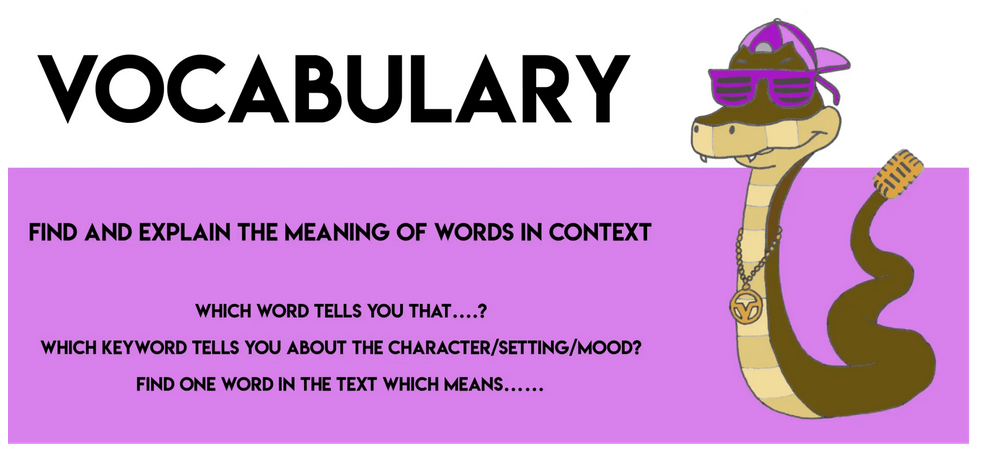
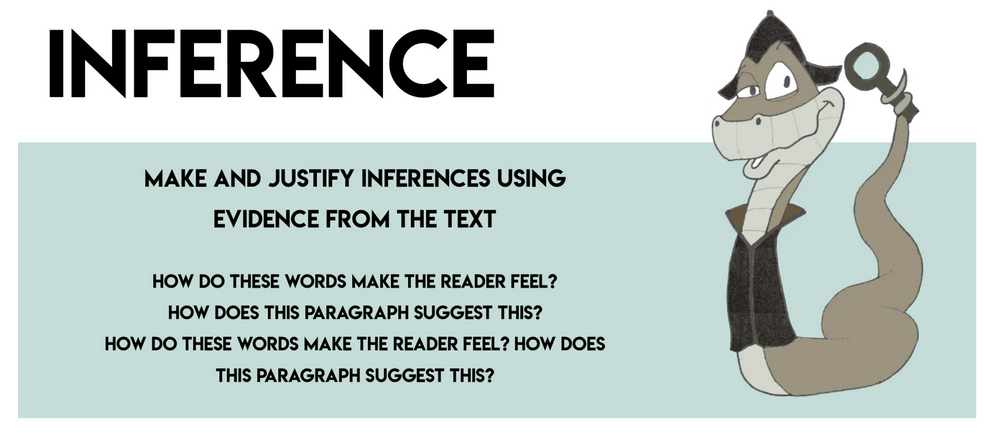
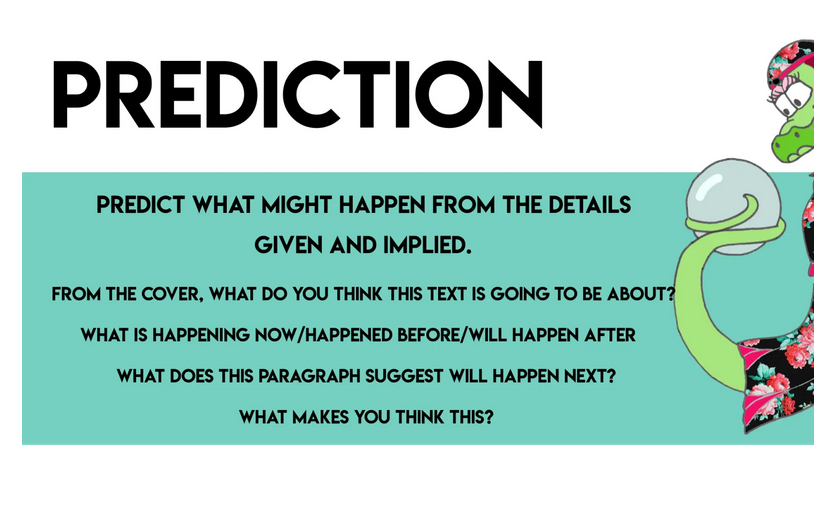
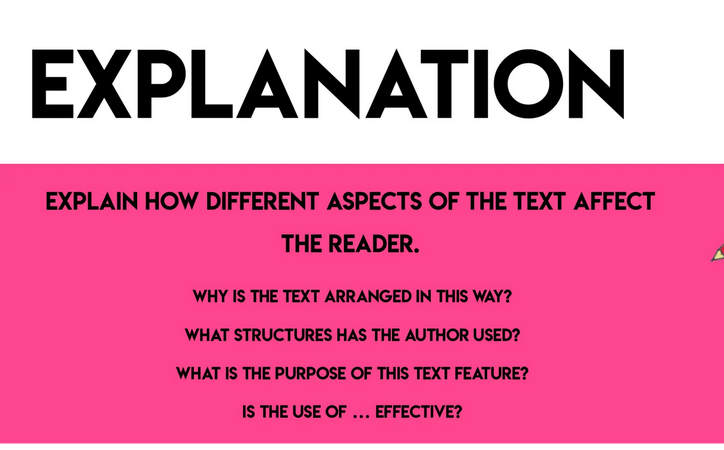
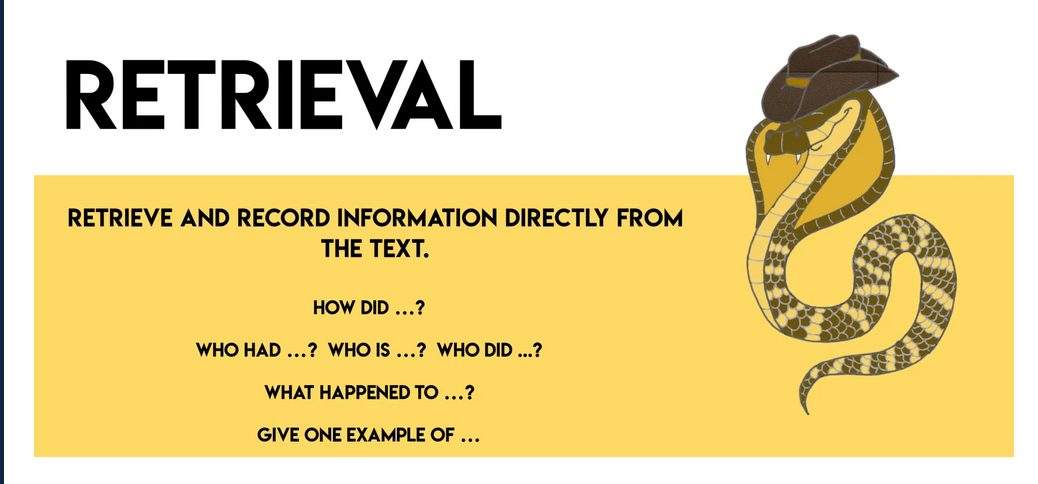
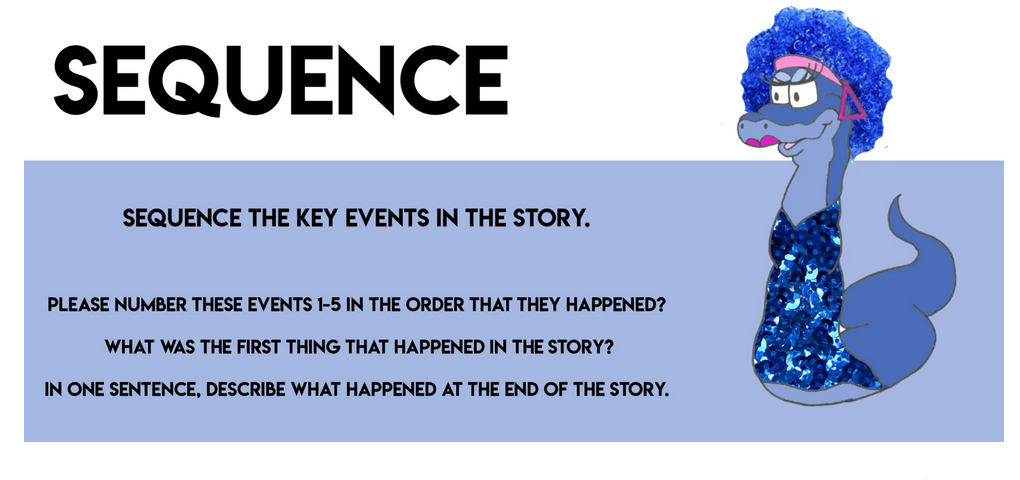
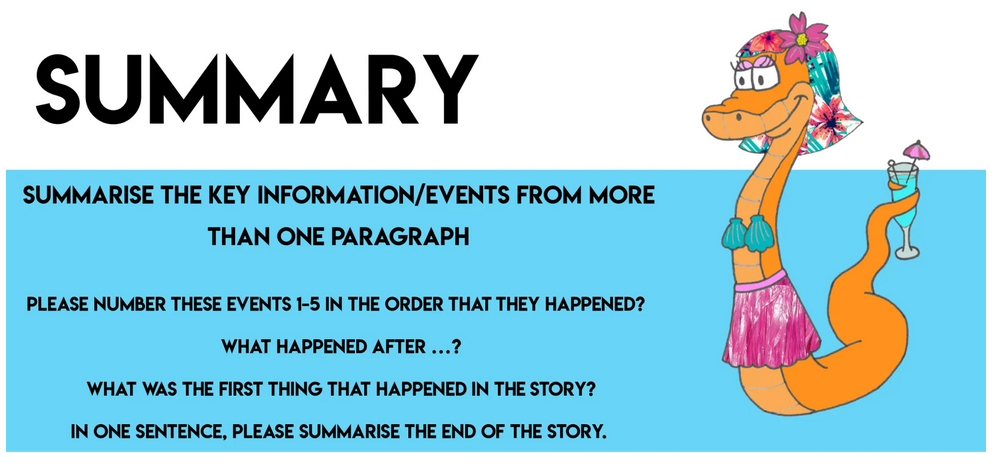
[/dropshadowbox]
[dropshadowbox align=”none” effect=”lifted-both” width=”auto” height=”” background_color=”#dbf6f4″ border_width=”10″ border_color=”#863878″ ]
Mathletics
A big well done to all the children completing their Mathletics. We are so proud. Please continue to complete your activities on Mathletics.
[/dropshadowbox]
[dropshadowbox align=”none” effect=”lifted-both” width=”auto” height=”” background_color=”#dbf6f4″ border_width=”10″ border_color=”#868878″ ]

Star of the week
Hungerford
Jack – for always following the 5cs and always having excellent manners.
Danielle – for always participating in class discussion and setting the right example for other children to follow.
Tate – for explaining his mathematical thinking to his peers.
Westminster
Zhiyir – for trying hard during PE whilst learning hockey skills and also doing different balances.
Faith-Marie – for trying her best al the time and demonstrating great enthusiasm and positivity throughout the school day.
Prithri – for his excellent understanding about materials and sharing interesting facts about titanium.
Ali- for always following the 5cs and persevering with his learning even if he finds it challenging.
[/dropshadowbox]
